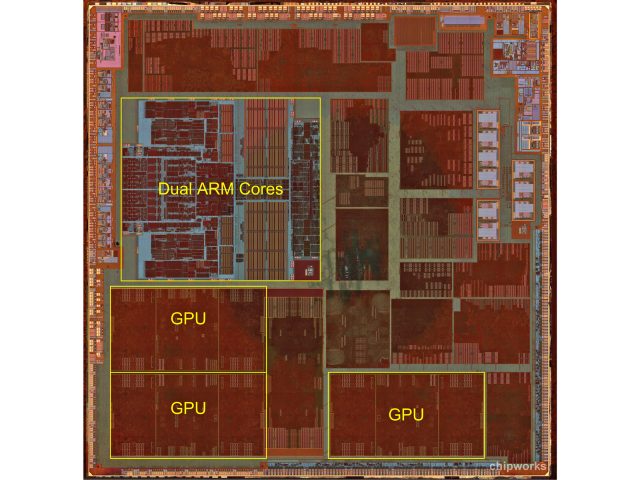
Apple (AAPL) is in "advanced talks" to acquire British chip design company Imagination Technologies (IMG), according to a source with knowledge of the discussions. When Ars sought comment, Imagination Technologies refused to deny any such planned takeover.
Updated: Apple has issued a short statement to the London Stock Exchange, confirming that "We had some discussions with Imagination, but we do not plan to make an offer for the company at this time."
Imagination Technologies is primarily known for its PowerVR line of GPUs, which Apple has used in its mobile A-series SoCs since the A4, which powered the iPhone 4 and 4th-gen iPod Touch.
Imagination has tried to diversify into other areas, including specialised ray tracing GPUs, MIPS CPUs, and DIY/IoT stuff, but nothing has really stuck. In February this year, the company announced that longtime CEO Hossein Yassaie would be stepping down and that it would begin the process of restructuring the business. Then last week, in mid-March, the company announced that, as part of the restructuring, it would be axing 350 jobs and focusing on PowerVR.
Apple has owned a significant number of Imagination shares since at least 2008, when it announced that it had acquired 3.6 percent of the company. Later, in 2009, Apple bumped its ownership up to at least 9.5 percent.
Back in 2008, Apple acquired PA Semi, a fabless chip design company. That acquisition eventually led to Apple designing its own CPU cores for its A-series SoCs, starting with the Swift CPU core used by the A6 SoC in the iPhone 5.
Picking up Imagination Technologies, which currently has a market capitalisation of about £500 million, would mean that Apple could move GPU design in-house, too. Apple already works quite closely with Imagination to ensure that the PowerVR GPUs work well with other blocks on the SoC, but it may be desirable for Apple to have the whole thing in-house—to be the master of its own destiny, so to speak, and not beholden to the throes of a relatively small British company for its graphics tech.
reader comments
103